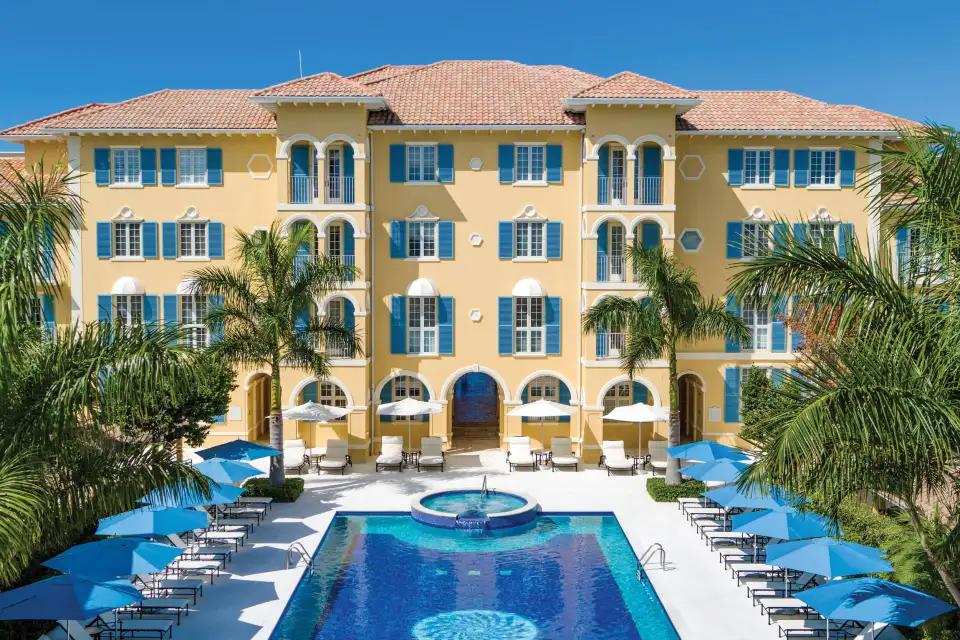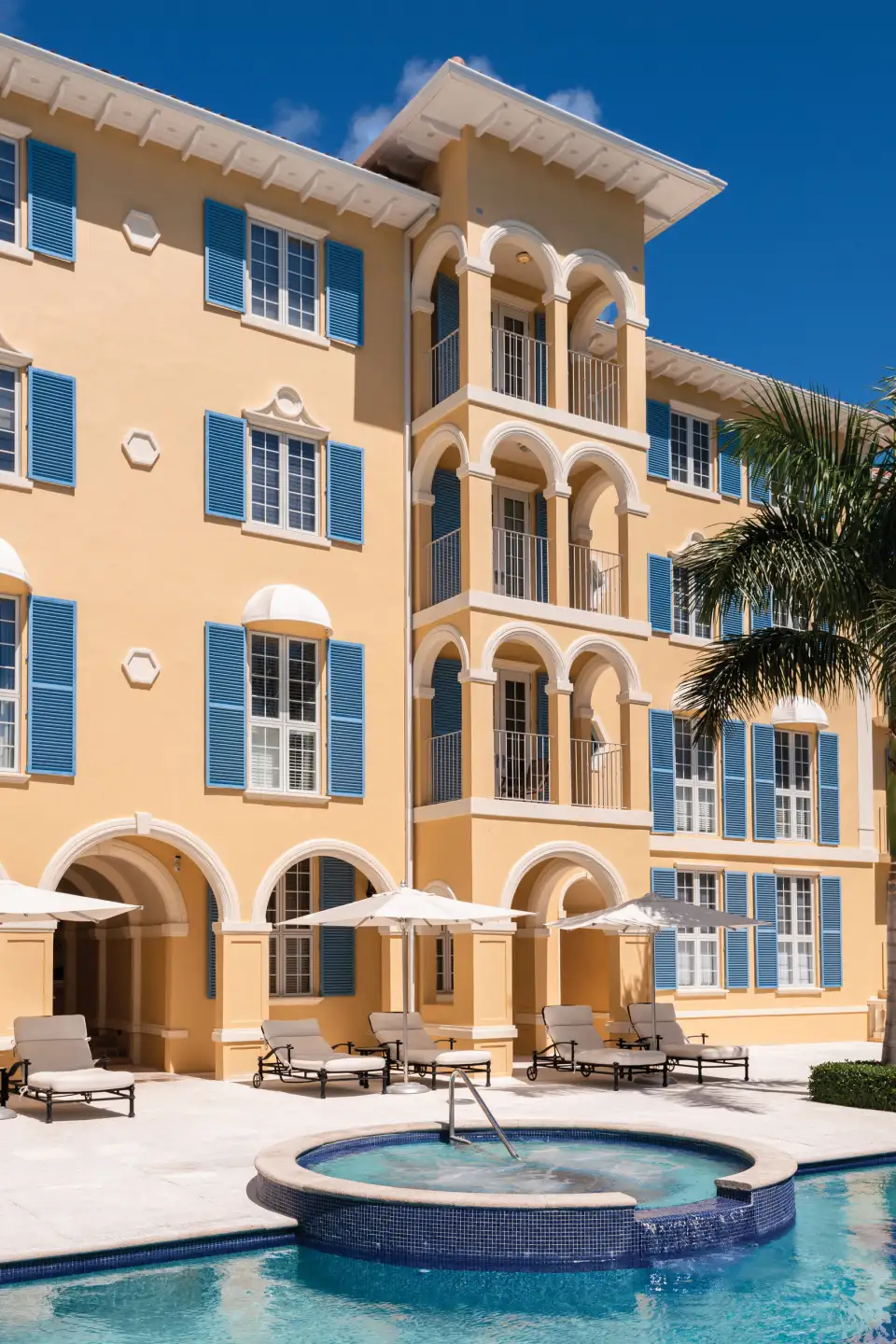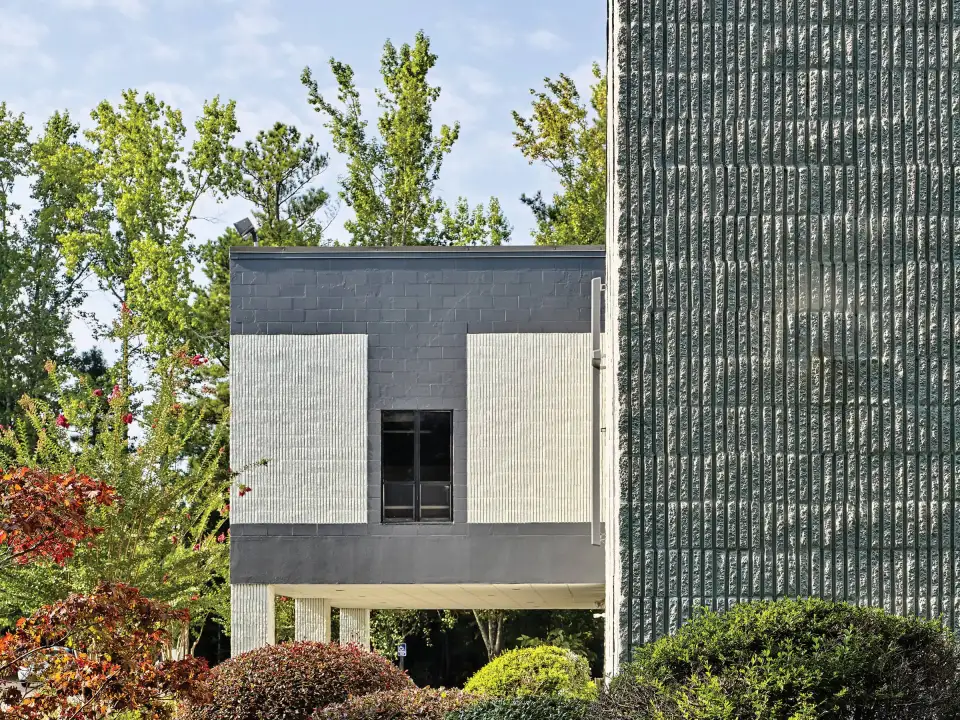
What could be better than a high-performance coating for a building enclosure? How about a finish or coating system that delivers responsiveness and functionality for exterior surfaces over the life of the building? These coatings would sense and react to various stimuli such as weather, ultraviolet (UV) light, pressure, and heat, bringing new and active capabilities such as corrosion resistance, antimicrobial action, self-cleaning, and self-healing.
Fortunately, these “smart coatings” do exist and are viable and available for commercial use today, including IQ Technology pioneered by Sto Corp. While most regular building coatings are formulated to be inert, highly stable, and resistant, research and development initiatives are driving a wave of innovations in exterior finishes and engineering products that are far smarter than ever seen before. Many of these valuable functions mirror scientific principles found in nature—in fact, the increased development of materials using biomimicry is leading to a range of new, smart coatings—and some reflect advances in materials chemistry and nano-scale fabrication seen over the last two decades. Some of the smart coatings are designed for a single layer of application, while other systems require multiple coats.
This new generation of materials marks a dramatic departure from conventional coatings—such as exterior paints—which are relatively unsophisticated passive or barrier materials. In the past, these materials were designed mainly to provide limited protection of substrates and to impart aesthetic qualities such as color, gloss, and texture.
Smart coatings are different. Their functionality becomes activated by environmental triggers, which may be of a physical nature—such as impact—or of a chemical nature, such as pH changes. These “intelligent coatings” are dazzling the architectural world with their unique actions and capacities. In fact, some experts have even called them “coatings with a greater purpose,” but they have found market demand for equally important but less glitzy reasons: in addition to their amazing functionality, they also add value for long-term investors and building owners.


Using life-cycle cost and other methods, project teams and building scientists have evaluated the positive economic impact of using smart coatings in Passive House construction and beyond. One group of researchers, for example, used a comparative feasibility study of self-cleaning coatings and ordinary coatings “to see which one could be more feasible and reduce the annual cost over the long-run and be more eco-friendly as a smart finishing material for buildings.” Over a two-decade installation, the smart coating would save almost 80 percent in total cost of ownership over a standard coating product, they found.
What’s the best way to assess the need for smart coatings and the potential benefits of the products and coatings systems considered? Building project teams should begin by considering six factors that impart the exterior of a building. These include:
Mechanical action, such as hail on the outside and swelling on the inside, as well as building movement.
Air pollution, such as NOx and mineral materials like dust.
Biological contaminants, such as mildew or fungal growth.
Bulk water—rain and dew—as well as snow, humidity, and other moisture and water vapor.
Temperature effects due to climate and fire.
Light impacts, including UV, visible, and infrared rays.
After this analysis, it is valuable for project teams, including the owner, designers, and contractors, to evaluate available coating materials—including smart coatings—and their ability to increase performance and both enhance long-term value by extending enclosure life and by reducing maintenance needs, operational costs, and replacement or reapplication needs.

Protective and Active
Smart coatings offer two areas of value for building owners and investors: first is an enhanced protection from external forces and degradation actions, such as icing, microbial incursion, fouling, corrosion, and general damage and soiling. Second is a range of active properties that boost effectiveness, such as hydrophobicity—basically, water repellence—self-healing qualities, liquid-infused formulas, or self-altering micro-structures that adjust for tension or porosity. The most effective or smart attributes include sensing, switchable friction, dynamic adhesion, and controllable hydrophobicity, according to architectural engineer Abdelaziz Mohamed, PhD.
As noted above, coatings can activate when exposed to various environmental stimuli or threshold levels of those stimuli. An example is an increased ability to shed water seen in some smart coatings, allowing the surfaces to remain cleaner for a longer period of time thanks to the movement or beading of moisture or rain. Others have been devised so these properties allow for faster drying of building enclosure surfaces, which in some circumstances can add performative and sustainable qualities. Similarly, formulations with surface reactions triggered by UV radiation have been designed to improve self-cleaning and resistance to dulling or streaking.
Recently introduced—and still under development today—are coatings, sealants, and other enclosure products with self-healing properties. Heat, UV light, and even microbes can cause this action to seal voids and pores or correct micro-cracking in material surfaces over gypsum, stone, metal, glass, or concrete substrates. Another example is the use of photocatalysis, typically with direct sunlight or applied UV light, to achieve varied smart performance attributes including experimental techniques to “scrub carbon” or trigger photocatalytic reduction of atmospheric CO2 to benefit the environment overall, according to the National Institutes of Health.
While these concepts show promise, other photocatalytic smart coatings are gaining wide use today. A new class of coatings, for example, can counteract odors and pollutants in the ambient air when activated by photocatalysis. While not typically employed for exterior surfaces, a related interior paint recently introduced can neutralize air impurities and odors without requiring UV light, making it ideal for building interior spaces with only normal electric lighting. The product is especially effective in heavily trafficked areas such as retail settings and smoking zones.

Predefined Properties
More than protective, smart coatings are designed with predefined properties that sense and respond to environmental and other external stimuli. This represents an advance over traditional functional coatings because these active materials change in tailored and predictable ways that have been engineered to lead to enhanced performance.
An advance over the conventional barrier concept, the responsive qualities of intelligent coatings have led to significant building enclosure benefits. Examples include a growing array of products for sustainable building design and operations stemming from the application of biomimetic microtechnologies in finish materials, sealants, and coatings. One established advance is a highly water-repellant coating designed to function similar to a lotus leaf. As rain and moisture impact a building façade, this smart coating allows dirt particles to simply run off with the water, while the façade remains dry and attractive.
Called by some the “lotus effect,” this technology works effectively even on the building exposures that take the brunt of weather impact. Yet the formulations are vapor-permeable, allowing the substrate to breathe naturally and resist blisters caused by trapped water vapor. For Passive House projects in extremely humid areas, this could be a game-changer. The resulting coating is also UV-resistant, which improves color retention dramatically over time, further extending the product lifecycle and return on investment.
Another prominent category with properties similarly based on biomimetic principles can deliver rapid-drying surfaces that protect buildings better against the effects of rain, fog, and dew. The environmentally friendly coatings also add a long-term safeguard against algae and fungal incursion. These performance benefits have been confirmed in comparison studies of façade paints and their drying properties by groups including Germany’s Fraunhofer Institute. Drying properties under typical environmental conditions were found to improve significantly with the application of smart coating formulations.

Evaluating Smart Coatings
Any review of smart coatings should incorporate these lifecycle considerations, and then be supplemented by a review of sustainability prerogatives. The project team begins by considering the most essential attributes of coatings, their decorative and functional attributes. For the latter, smart coatings offer uniquely protective features as well as enhanced durability over conventional products. For the former, decorative qualities are only valuable as long as they last—and smart materials boost the longevity of faced cleanliness and attractiveness. Advanced coatings also improve a building’s efficiency, including through reflective and emissivity measures but also by cutting maintenance costs and downtime.
In addition, variables such as reliability and improvements to building lifecycles can be considered, including performance proven to meet or exceed established benchmarks. For example, savvy building owners and specifiers call for references to key ASTM (American Society for Testing and Materials) standards and accelerated weathering, tensile strength and tensile bond, mold resistance, vapor permeability and flame spread, among others. The most importance performance measures, such as durability and resiliency, are vital for contributing to more reliable enclosure systems and buildings. In this way, they also extend building lifecycle to boost overall investment value.
This sounds like a formula for success, and both investors and project teams are bullish on smart coatings. A recent market study showed growth through 2024 to $8.5 billion in varied end-use industries including marine, aerospace, automotive, and building and construction. This tracks the compound annual growth to more than 5 percent determined by analysts at Technavio through 2022, according to their latest report.
Based on performance on buildings and in investments, smart coatings are clearly the future.